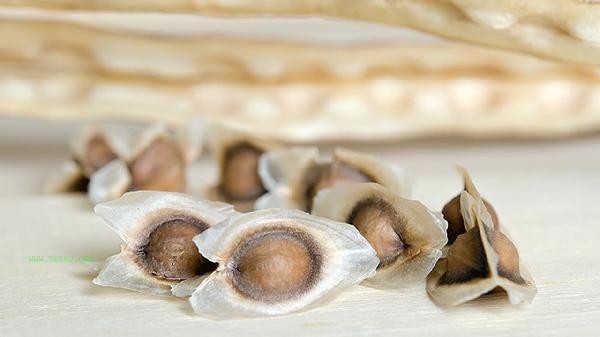Tennis mainly exercises upper limb muscles, core muscle groups, and lower limb muscles, which can effectively enhance the strength of the shoulders, arms, waist, abdomen, and legs.

1. Upper limb muscles
Tennis swing movements mainly rely on upper limb muscle groups, especially the deltoid, biceps, and triceps. When hitting the ball with the forehand, the biceps and anterior deltoid muscles exert significant force; Backhand hitting activates the triceps and posterior deltoid muscles more. Long term training can improve arm explosiveness and swing stability, but attention should be paid to balanced training of left and right arm strength to prevent excessive muscle development on one side.
2. Core muscle group
The rotation movement during hitting requires the coordinated force of rectus abdominis, oblique abdominis, and erector spinae muscles, and the core muscle group plays a key role in maintaining body balance and power transmission. When rapidly changing direction, the deep core muscle group can stabilize the spine and reduce the risk of sports injuries. Suggest combining training with tablet support to enhance core stability.

3. Lower limb muscles
Frequent running and emergency stops mainly exercise the quadriceps, hamstring, and gastrocnemius muscles. When exerting force on the ground, the involvement of the gluteus maximus and triceps surae is high, while lateral movement stimulates the adductor muscles of the thigh significantly. Lower limb strength training can improve footwork flexibility, and it is recommended to combine squats or lunges to enhance basic strength. As a whole-body sport, tennis requires attention to stretching and relaxation after training, with a focus on maintaining the shoulder, wrist, and knee joints. Daily supplementation of high-quality protein and carbohydrates can promote muscle repair, and it is recommended to schedule 1-2 cross training sessions per week such as swimming or yoga to avoid local muscle fatigue. Beginners should start with low-intensity sparring and gradually adapt to the exercise load.









Comments (0)
Leave a Comment
No comments yet
Be the first to share your thoughts!